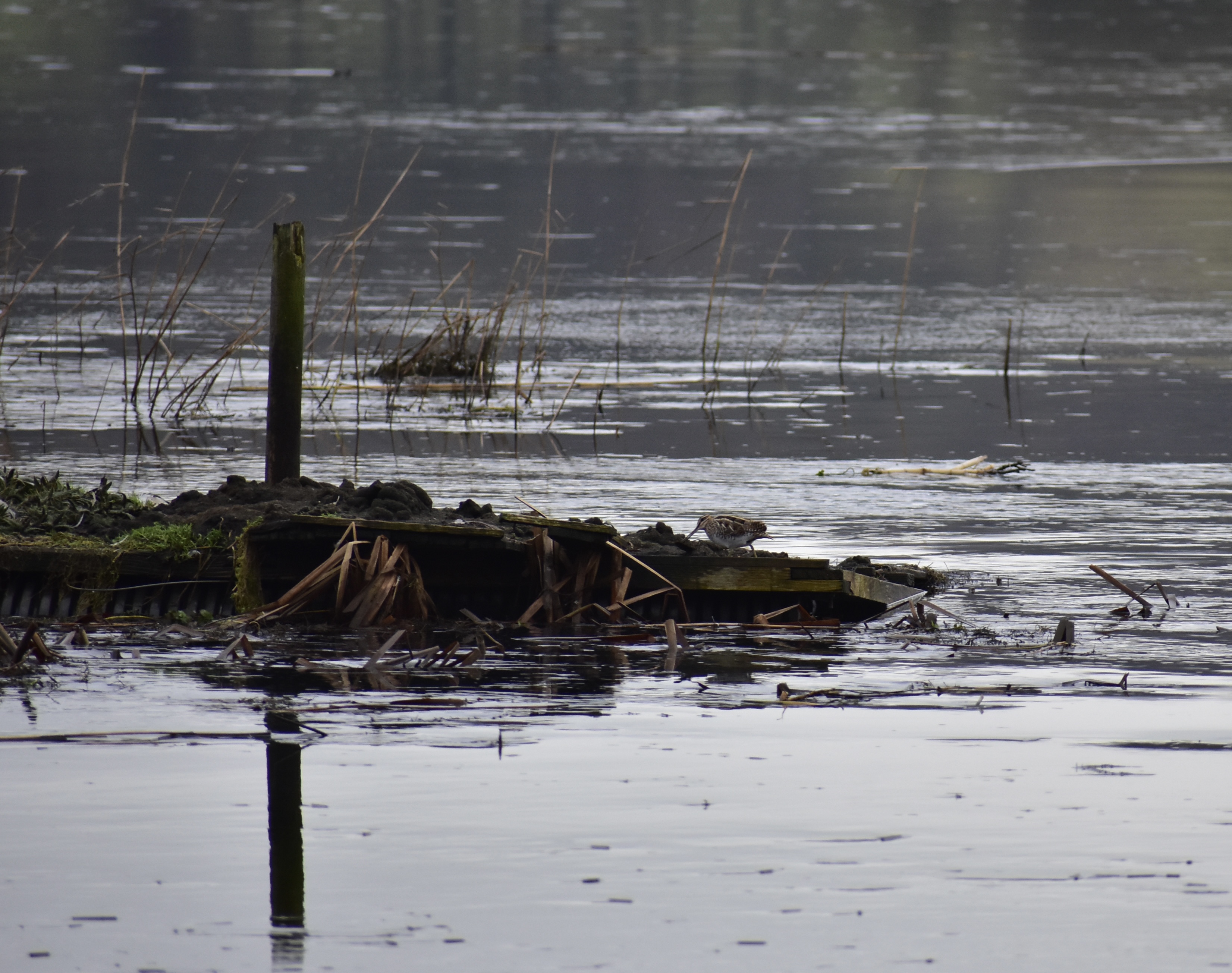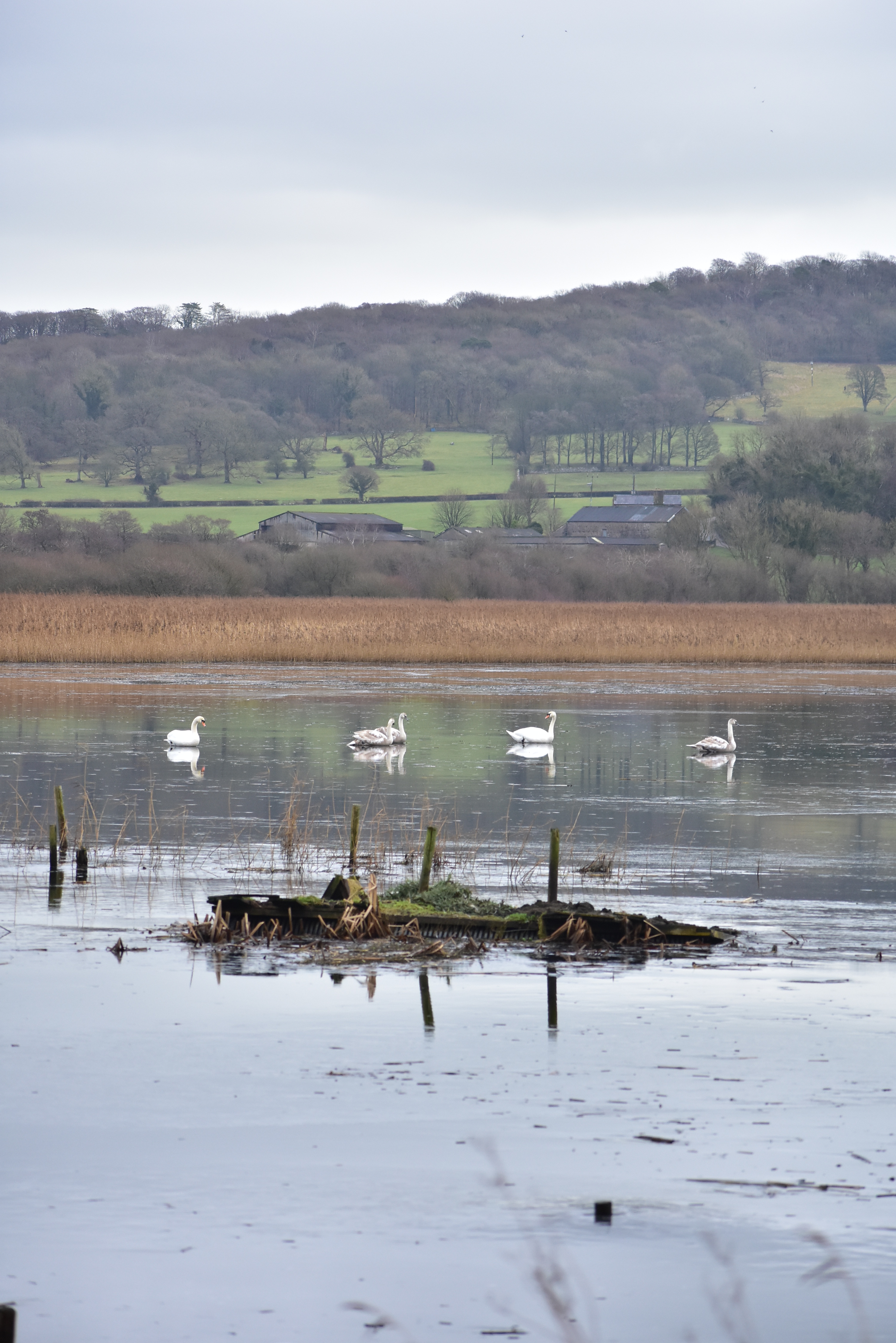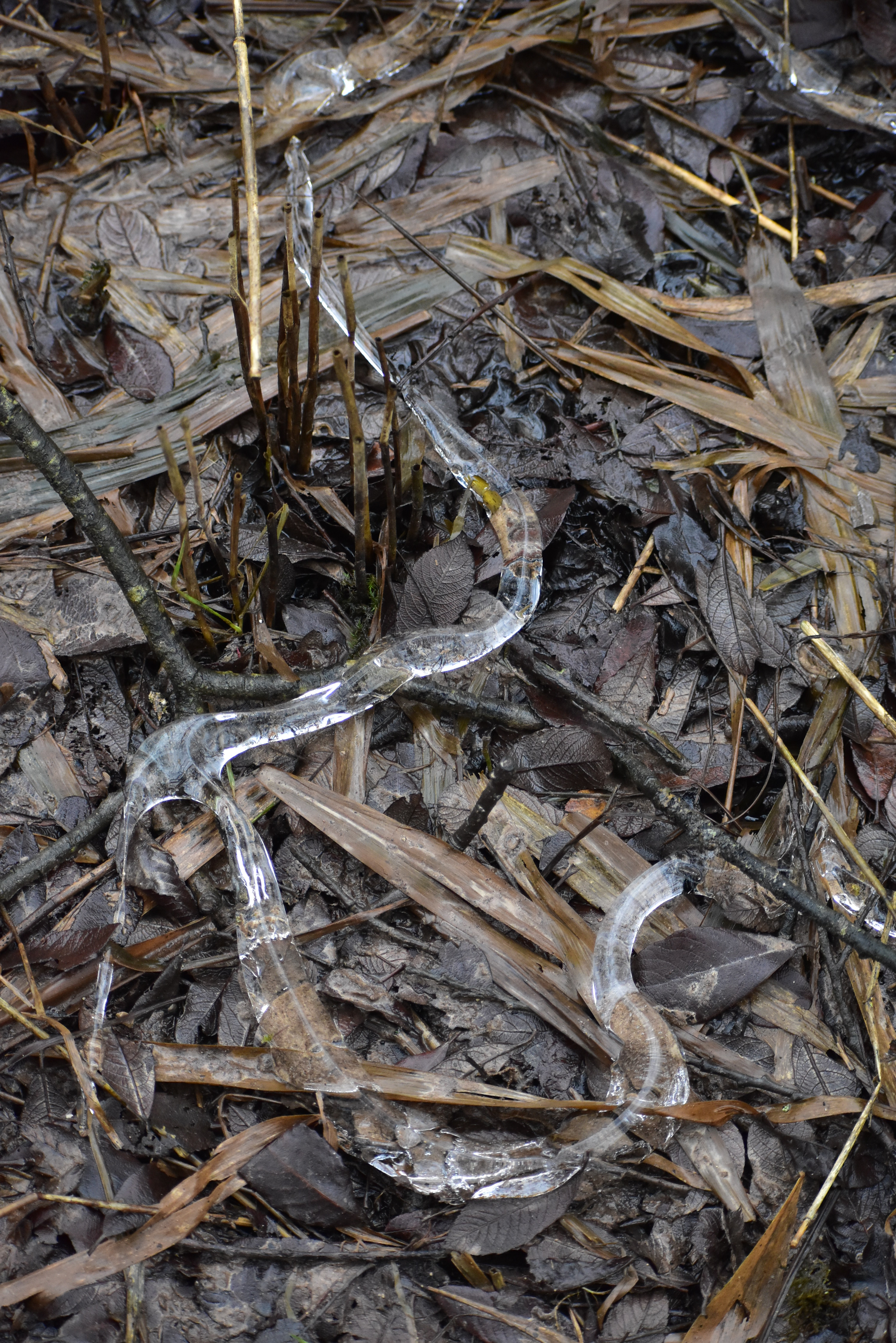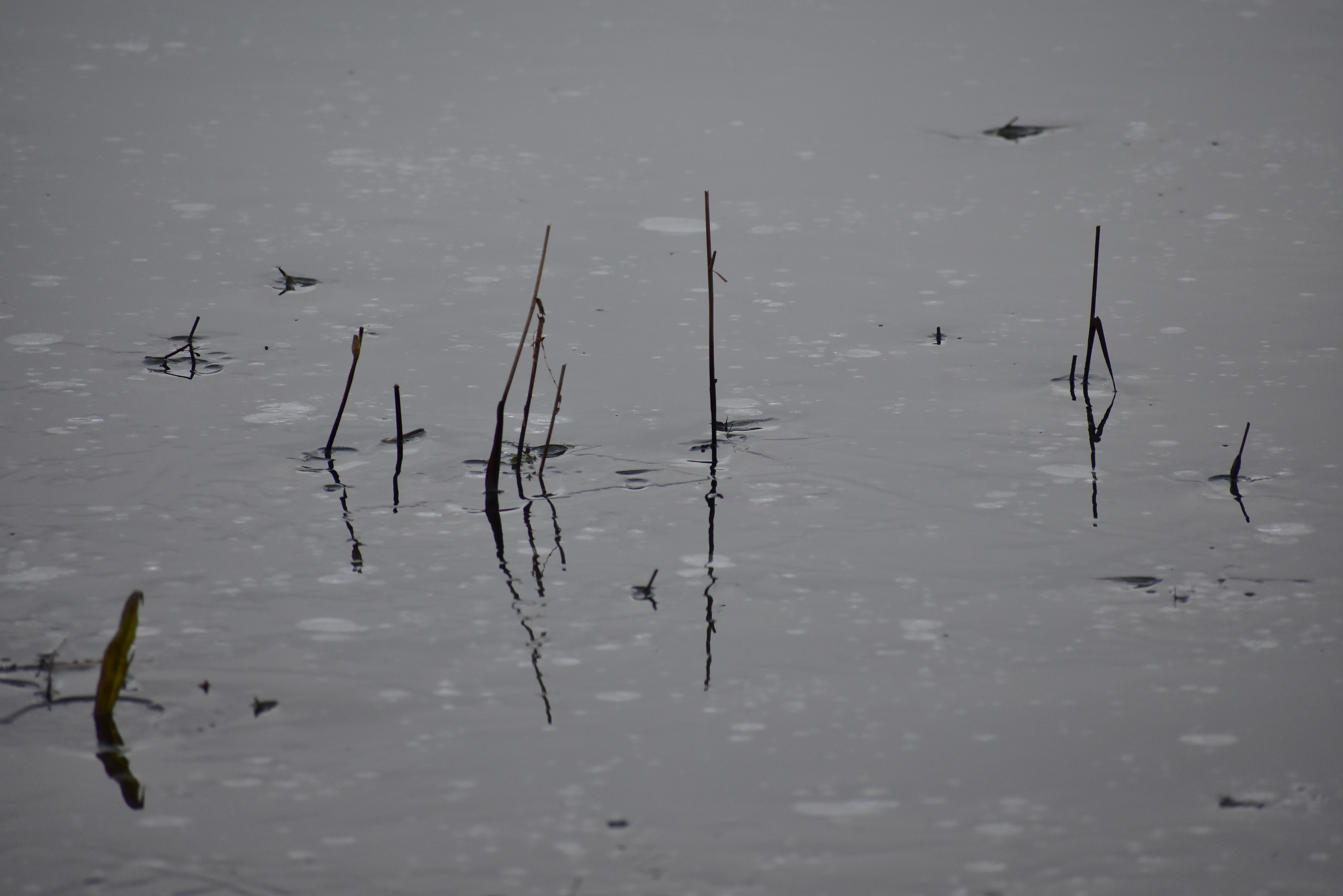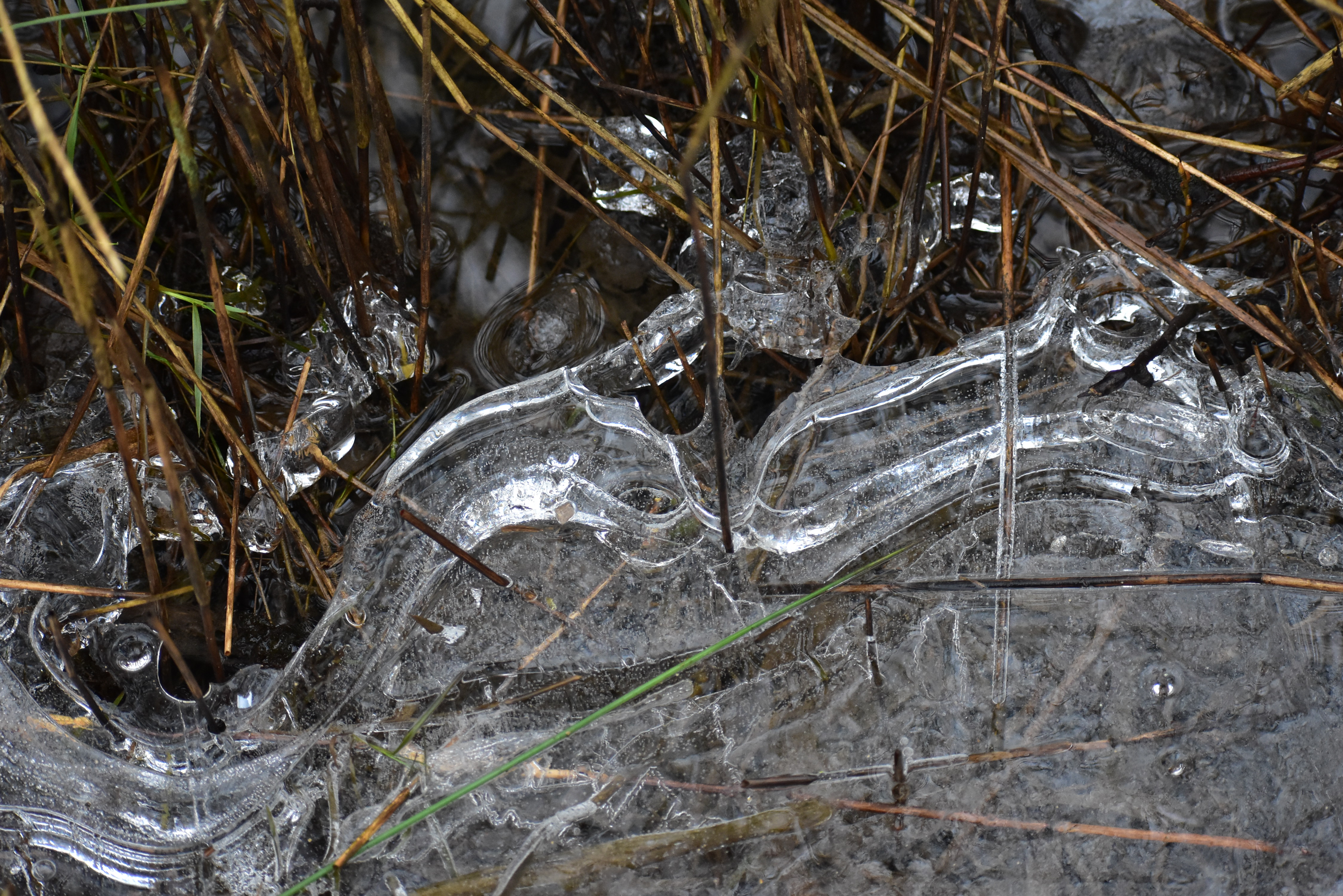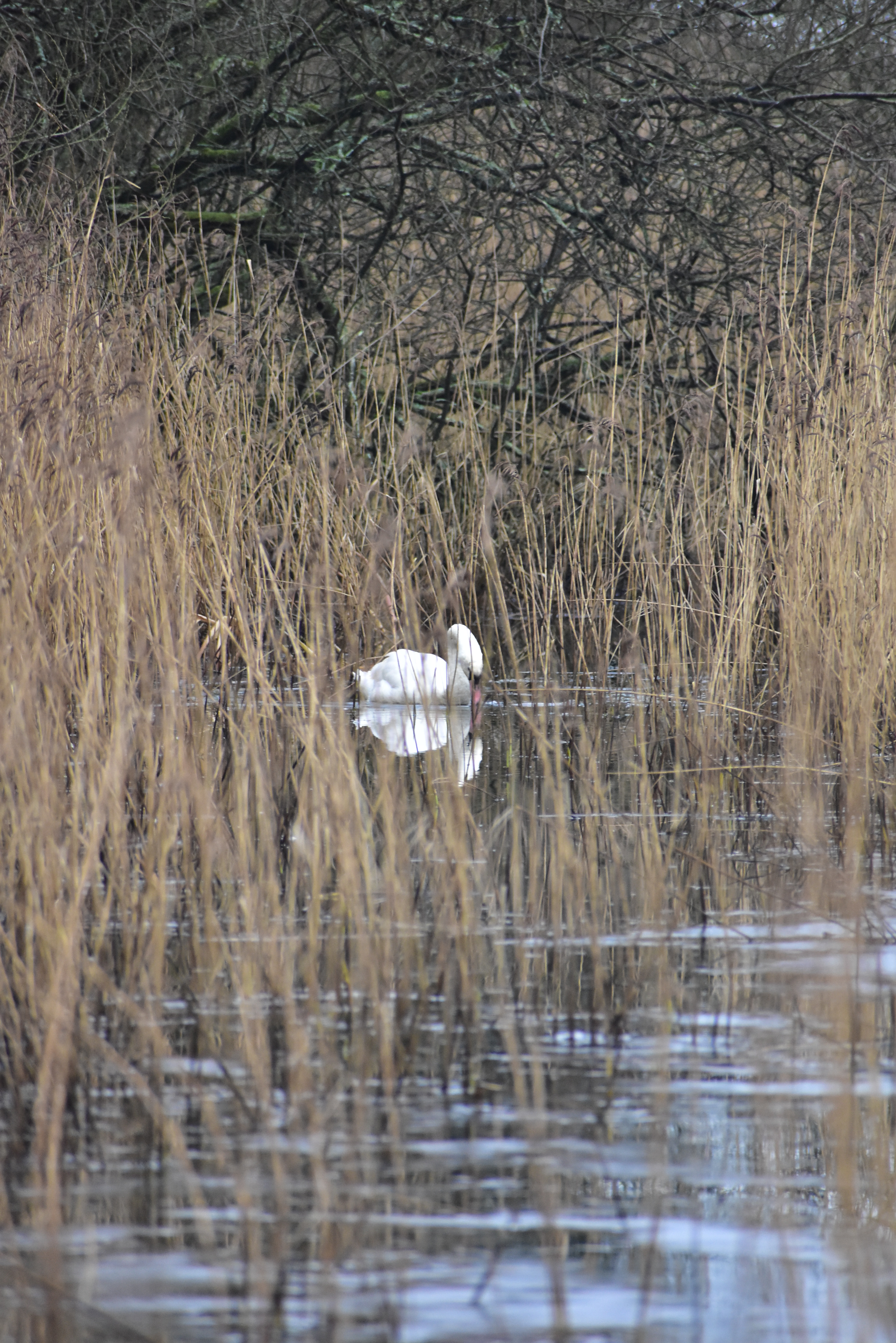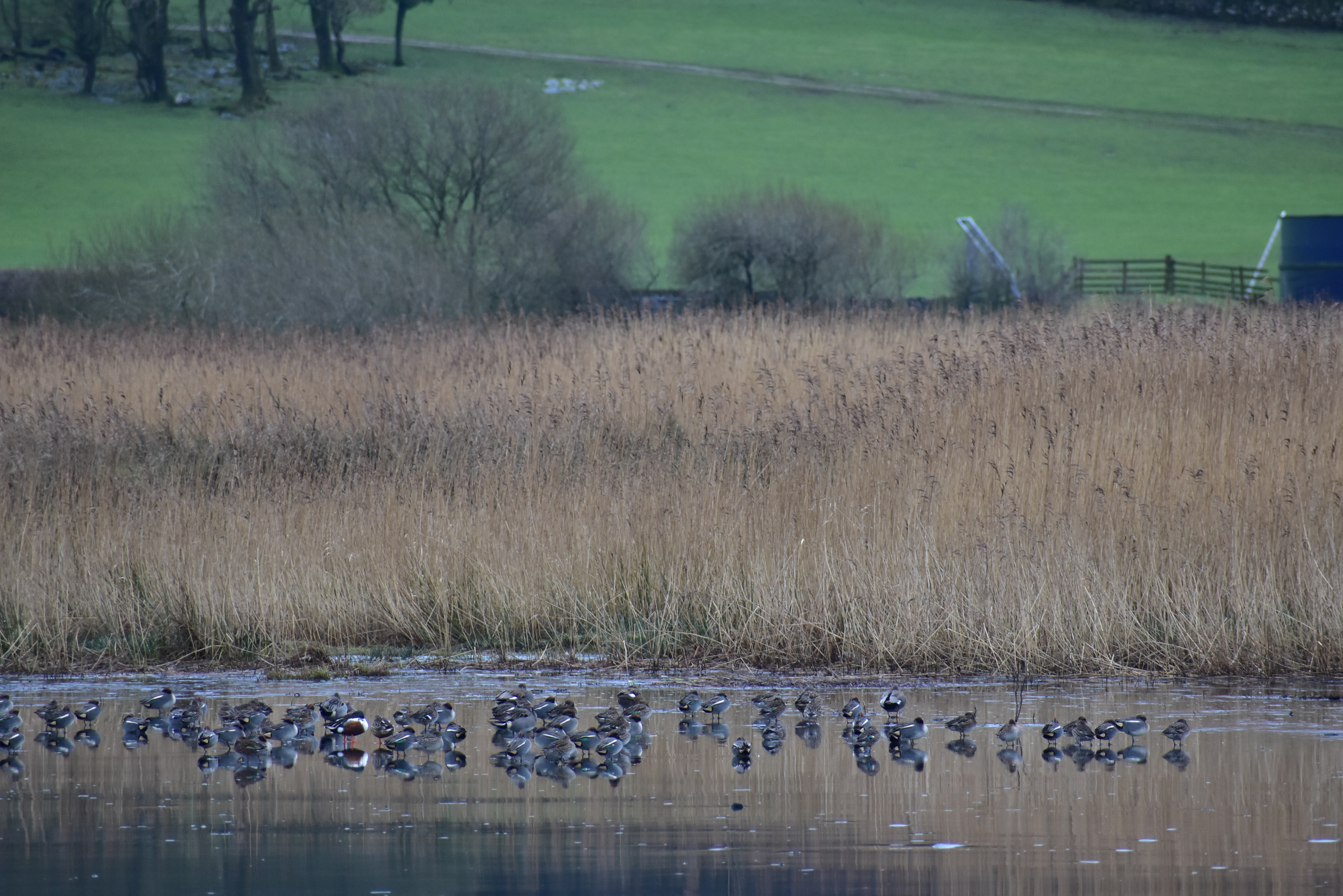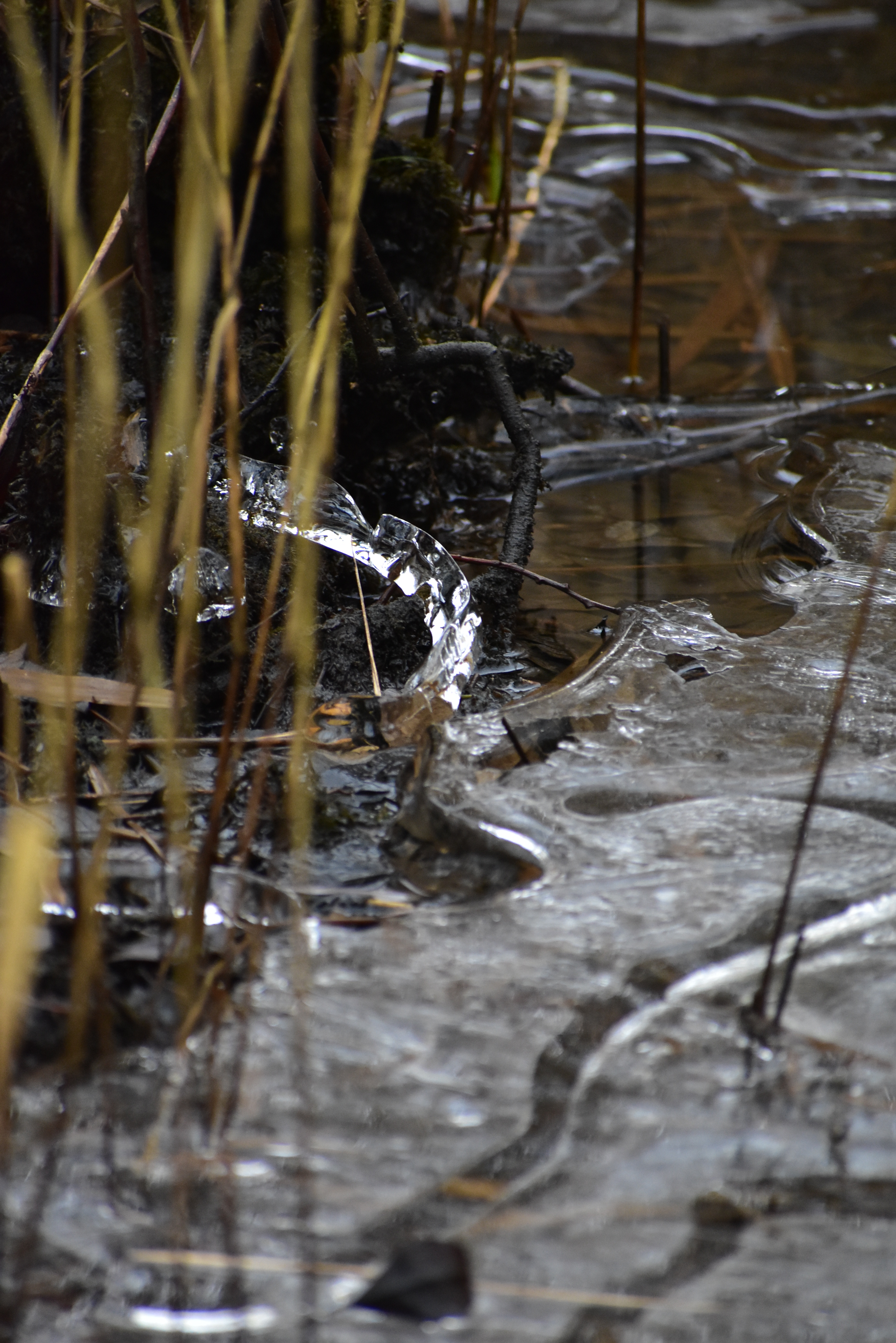I was at Leighton Moss this morning and I’m sure I heard a bittern. They are active there at present, so it’s quite possible. It sounded like someone blowing across the top of a bottle – not a boom, more of a low toot. I heard the same sound later at the level crossing by Middleton quarry – not on the reserve but amongst the reed beds. I’d walked there via Trowbarrow and Gait Barrows and my destination was Arnside.



There are some years when I don’t go to a chippy at all, but in the past week I have had fish and chips three times. Arnside is not “the seaside” in the same exhilarating way Saltburn is, but it has its charms. They were a bit diminished when I discovered that my return journey was affected by all trains being cancelled because of a derailment, but I hitched a lift to somewhere with a better bus service, and so my day out became notable for that as well as the bitterns.


